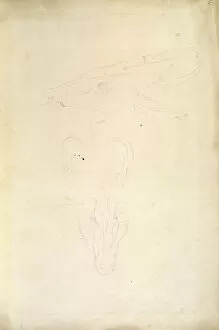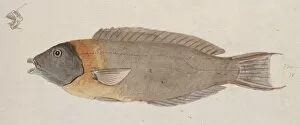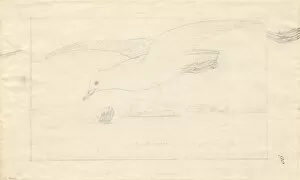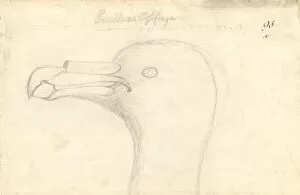1728 1779 Collection
"1728-1779: Exploring Art, Nature, and Cultures" Step into the world of Anton Raphael Mengs, a renowned German artist who lived from 1728 to 1779
All Professionally Made to Order for Quick Shipping
"1728-1779: Exploring Art, Nature, and Cultures" Step into the world of Anton Raphael Mengs, a renowned German artist who lived from 1728 to 1779. Known for his exquisite self-portraits and captivating portraits of individuals like Infante Don Luis de Borbon, Mengs left an indelible mark on the art scene during the mid-1700s. Amidst his artistic endeavors, nature also played a significant role in Mengs' life. The Indian muntjac or Muntiacus muntjak, with its graceful presence, inspired him to capture its essence on canvas. Similarly, Nothofagus betuloides and Pimelea prostrata (strathmore weed) found their way into his artworks as he sought to depict the beauty of flora. Mengs' self-portraits were not limited to brush strokes alone; they reflected his identity as a German artist living in that era. These glimpses into his persona allow us to connect with him across time and appreciate his contribution to the art world. Beyond artistry lies exploration – James Cook (1728-1779), an English navigator whose path intersected with Mengs' lifetime. Cook's encounters included witnessing human sacrifice in Tahiti and documenting indigenous cultures such as those found among Terra Del Fuego's Indians. His experiences shed light on diverse societies and their customs. In "A Family in Dusk Bay, " we are transported to New Zealand where Maori people have resided for centuries. This artwork serves as a reminder of their rich heritage intertwined with the natural beauty surrounding them. As we delve into this period encompassing 1728-1779 through various lenses – be it artistry or exploration – we gain insight into different facets of humanity: our connection with nature, our cultural diversity, and our ability to express ourselves creatively across generations.























